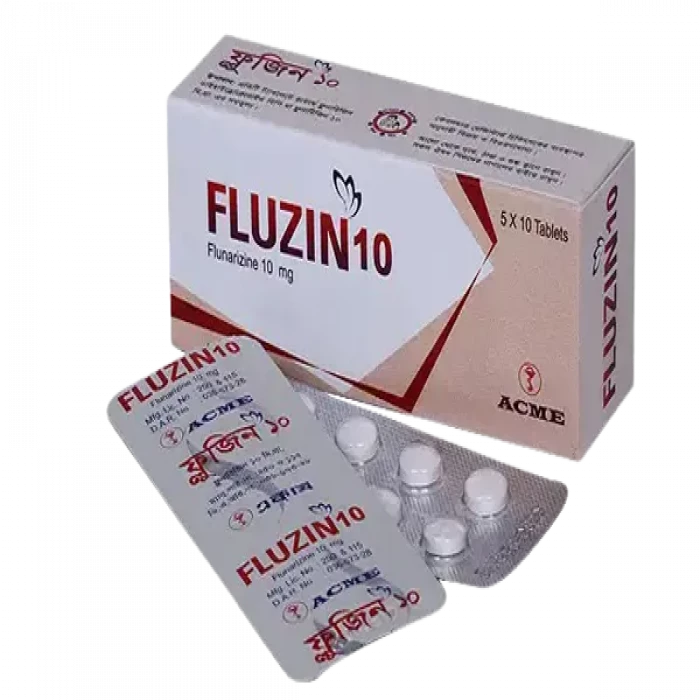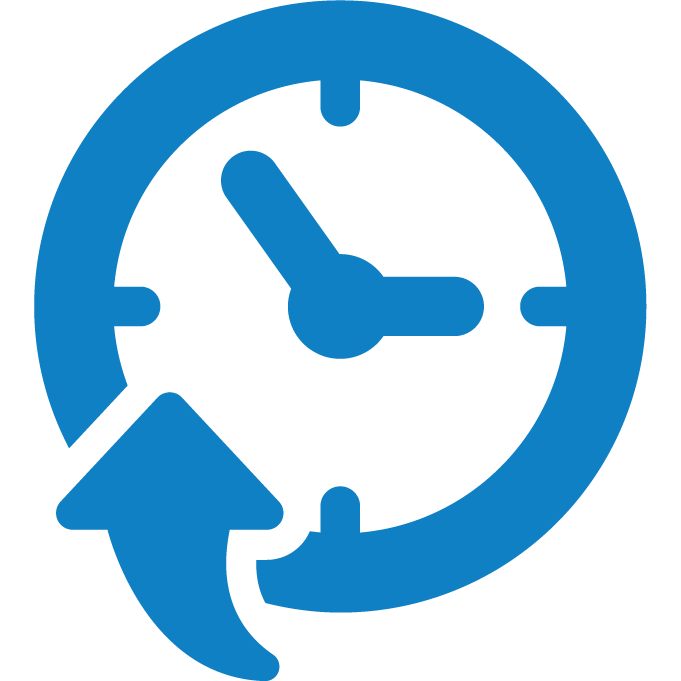
✔ 100% Authentic Product
👁️ Currently Viewing 2541
Generic Name: Flunarizine 10mg Tablet
Manufacturer/Distributor: Acme Laboratories Ltd.
Discount
Price: ৳ 47
MRP:
৳
50
6%
Off

100% Genuine Products, Guaranteed

Safe & Secure Payments, Always

Fast, Secure & Efficient Delivery

Proper Packaging
 Cash on Delivery - All over Bangladesh
Cash on Delivery - All over Bangladesh Regular Delivery - 12-24 Hours, Dhaka City* Charge Tk.39-59
Regular Delivery - 12-24 Hours, Dhaka City* Charge Tk.39-59 Regular Delivery - 24-48 Hours, Other Cities* Charge Tk.99-110
Regular Delivery - 24-48 Hours, Other Cities* Charge Tk.99-110
 ফ্রি ডেলিভারিঃ - ৯৯৯ টাকা+ অর্ডারে, ঢাকা
শহরে
ফ্রি ডেলিভারিঃ - ৯৯৯ টাকা+ অর্ডারে, ঢাকা
শহরে ফ্রি ডেলিভারিঃ - ২৯৯৯ টাকা+ অর্ডারে, ঢাকার
বাহিরে
ফ্রি ডেলিভারিঃ - ২৯৯৯ টাকা+ অর্ডারে, ঢাকার
বাহিরে
100% Genuine Products, Guaranteed
Safe & Secure Payments, Always
Fast, Secure & Efficient Delivery
Proper Packaging
 Cash on Delivery - All over Bangladesh
Cash on Delivery - All over Bangladesh Regular Delivery - 12-24 Hours, Dhaka City* Charge Tk.39-59
Regular Delivery - 12-24 Hours, Dhaka City* Charge Tk.39-59 Regular Delivery - 24-48 Hours, Other Cities* Charge Tk.99-110
Regular Delivery - 24-48 Hours, Other Cities* Charge Tk.99-110 ফ্রি ডেলিভারিঃ - ৯৯৯ টাকা+ অর্ডারে, ঢাকা
শহরে
ফ্রি ডেলিভারিঃ - ৯৯৯ টাকা+ অর্ডারে, ঢাকা
শহরে ফ্রি ডেলিভারিঃ - ২৯৯৯ টাকা+ অর্ডারে, ঢাকার
বাহিরে
ফ্রি ডেলিভারিঃ - ২৯৯৯ টাকা+ অর্ডারে, ঢাকার
বাহিরে
✅ Description:
Indications
Flunarizine is used to prevent migraine headaches, whether classic (with aura) or common (without aura) (without aura).
Treatment for symptoms of vestibular vertigo (due to a diagnosed functional disorder of the vestibular system).
PVD (peripheral vascular disease) is a type of vascular disease (PVD)
Sick from motion sickness?
Traditional antiepileptic medications are ineffective in the treatment of refractory epilepsy.
Pharmacology
Flunarizine is the cinnarizine difluorinated derivative. It is a selective calcium channel antagonist. By reducing excessive calcium transmembrane input, calcium transmembrane inflow is decreased. Flunarizine stops cells from having too much calcium. Normal calcium homeostasis in cells is unaffected. Additionally, flunarizine has relaxing and antihistaminic properties. It has a 99 percent affinity for plasma protein.
Dosage & Administration
Migraine Prophylaxis:
Starting Dose: 10 mg at night in patients under the age of 65, and 5 mg daily in patients over the age of 65. If depressive, extrapyramidal, or other unacceptable symptoms occur during treatment, the medication should be stopped. If no significant improvement is seen after 2 months of this initial treatment, the patient should be considered a non-responder, and administration should be discontinued.
Maintenance Treatment: If a patient is responding well and a maintenance treatment is required, the dose should be reduced to 5 days treatment at the same daily dose with two consecutive medicine-free days every week. Even if the prophylactic maintenance treatment is effective and well tolerated, it should be discontinued after 6 months and restarted only if necessary.
Peripheral Vascular Disease: 10 mg twice daily, up to 30 mg per day if required.
Vertigo & motion sickness: 10-20 mg daily for adults and 5 mg daily for children (> 40 kg).
Epileptic seizure: 15-20 mg daily in adults and 5 to 10 mg daily for children as an add-on therapy
Interaction
Galactorrhea has been recorded in a small number of women taking oral contraceptives during the first two months of treatment with Flunarizine. Carbamazepine and phenytoin, both hepatic enzyme inducers, may interact with flunarizine by increasing its metabolism. As a result, an increase in flunarizine dosage may be necessary.
Contraindications
Flunarizine hypersensitivity Flunarizine is not recommended for people who have had a depressive episode in the past, or who have symptoms of Parkinson's disease or other extrapyramidal illnesses.
Side Effects
- Sleepiness
- Weight gain
- Muscle pain
- Fatigue
- Constipation
- Nausea
- Insomnia (difficulty in sleeping)
- Runny nose
- Increased appetite
- Depression
- Stomach discomfort
- Breast pain
Pregnancy & Lactation
There is no evidence of safety during pregnancy or lactation.
Precautions & Warnings
Flunarizine may cause sleepiness, which is exacerbated when combined with alcohol or other central nervous system depressants. When a patient's mental attention is lost, he or she should be warned not to drive or do other potentially dangerous jobs. Flunarizine is not recommended for migraine relief. As a result, there is no reason to increase the Flunarizine dosage. This medication may cause extrapyramidal and depressive symptoms, as well as reveal Parkinsonism in people who are predisposed to it, such as the elderly. Flunarizine should be used with caution in such patients.
Storage Conditions
Keep below 30°C temperature, away from light & moisture. Keep out of the reach of children.
⚠️Disclaimer:
At ePharma, we’re committed to providing accurate and accessible health information. However, all content is intended for informational purposes only and should not replace medical advice from a qualified physician. Please consult your healthcare provider for personalized guidance. We aim to support, not substitute, the doctor-patient relationship.








